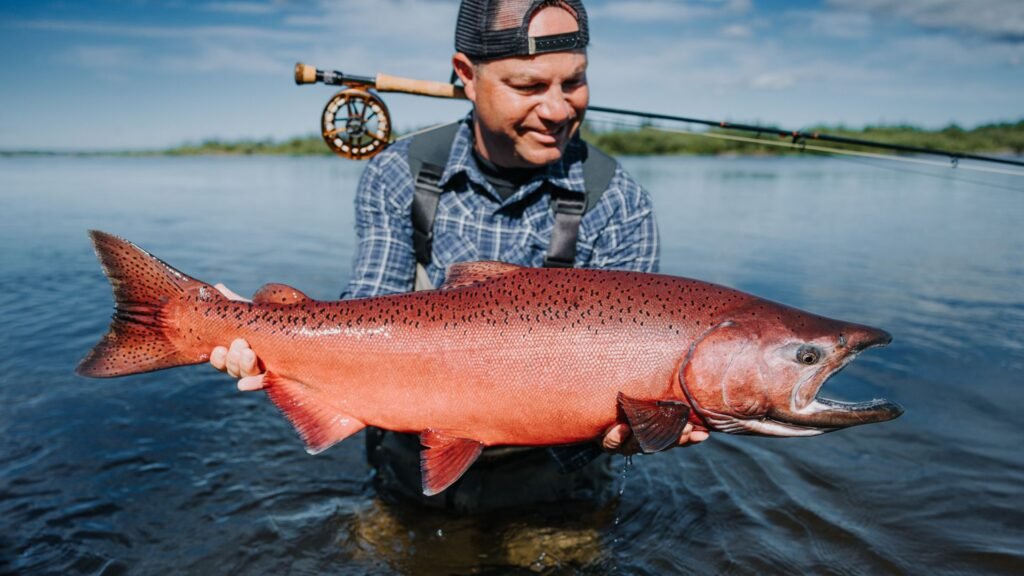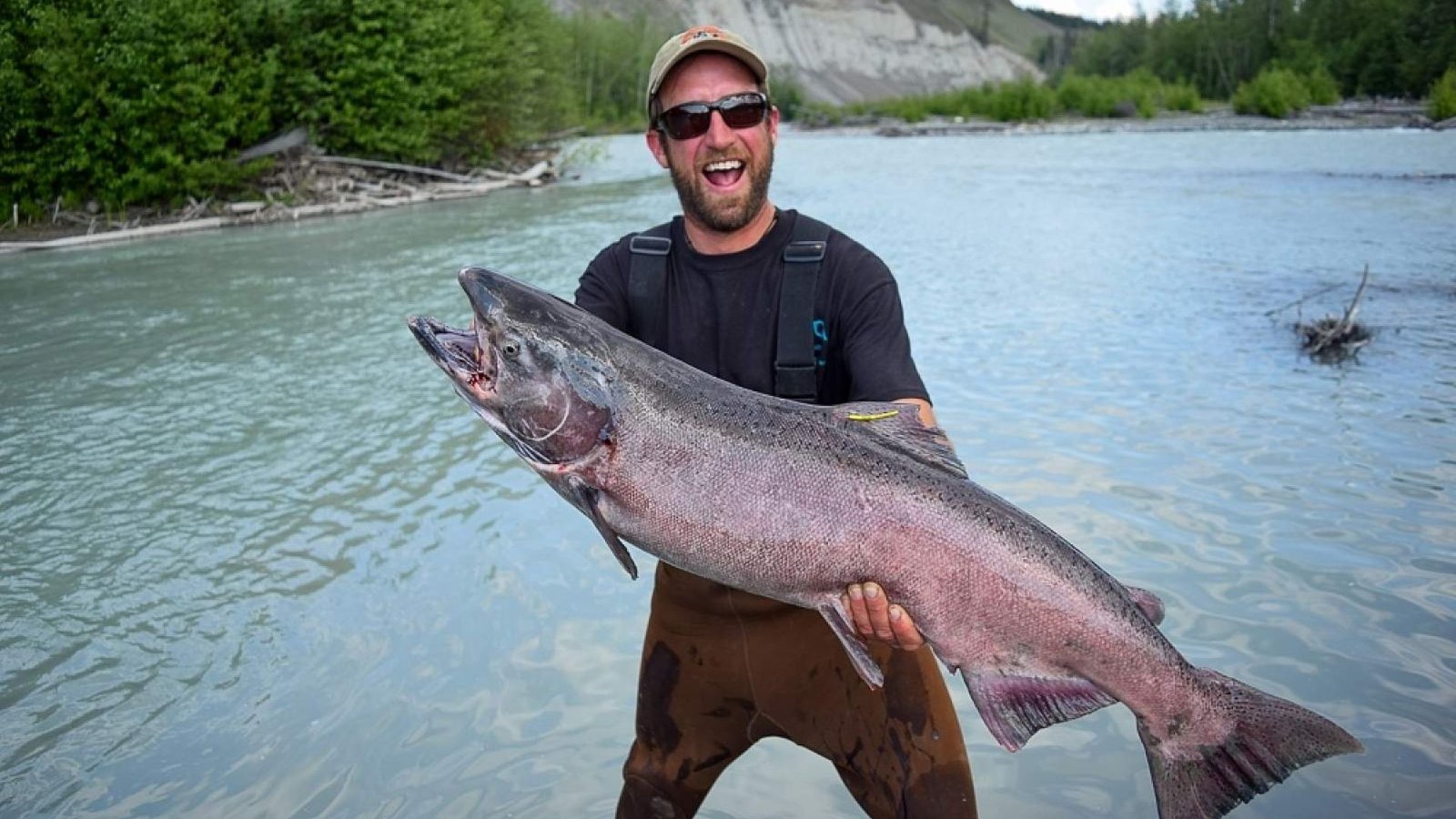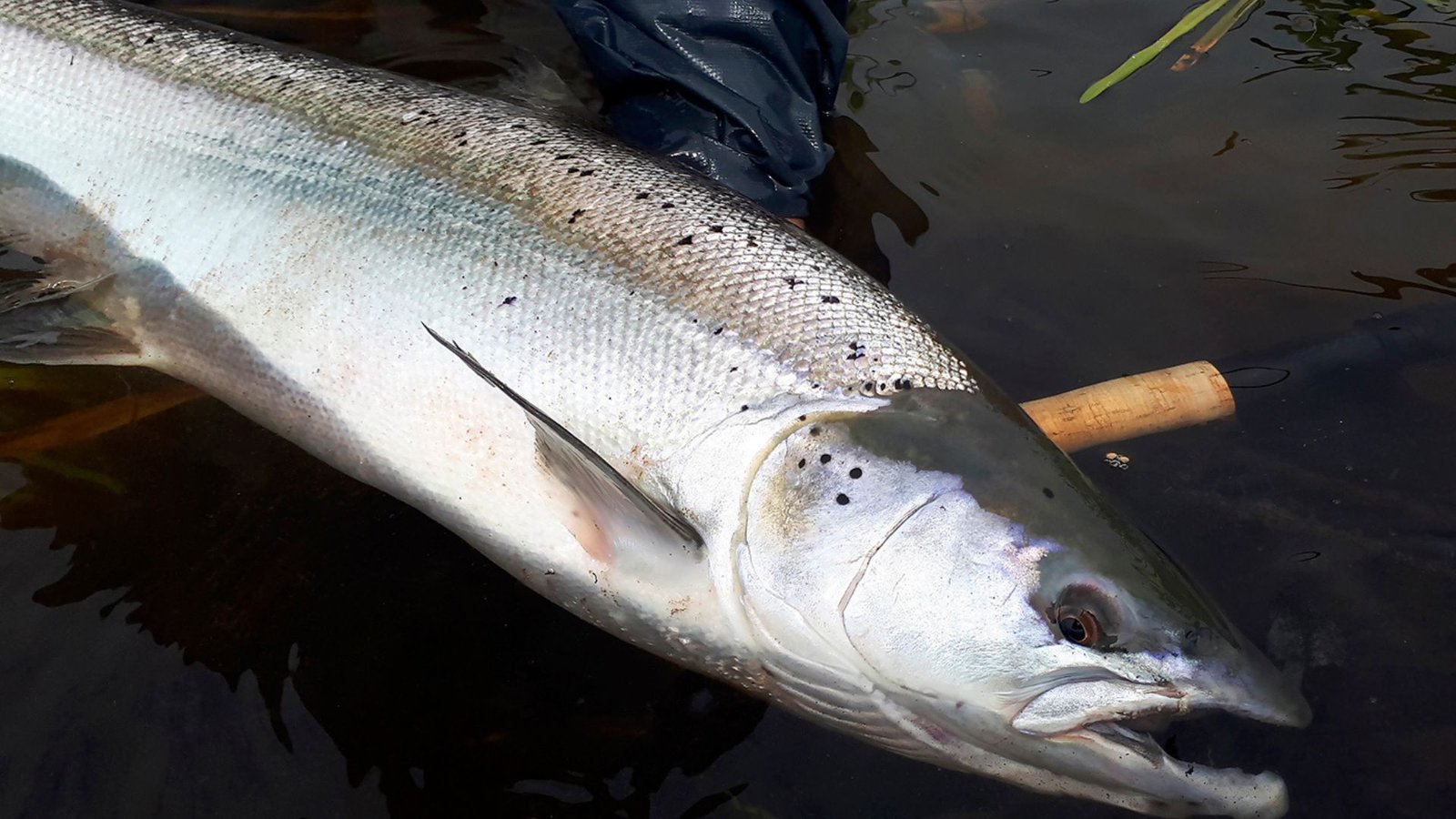Salmon fly fishing isn’t just for freshwater! Saltwater presents unique challenges and opportunities for anglers looking to hook some of the ocean’s prized species. Adapting your techniques can make all the difference in landing that trophy fish.

Ways to Adapt Salmon Fly Fishing Techniques for Saltwater.
Understanding Saltwater Fish Behavior
Saltwater species behave differently than their freshwater counterparts. Understanding these behaviors is crucial for successful fly fishing:
- Migration Patterns: Many saltwater fish, like salmon and sea trout, migrate from the ocean to spawn in rivers.
- Feeding Habits: Saltwater fish often feed on smaller baitfish, shrimp, and crabs, requiring flies that mimic these prey.
Gear Adaptations
- Rods and Reels: Opt for heavier rods and reels designed for saltwater conditions. They provide the strength needed to handle larger fish and withstand corrosive saltwater.
- Lines: Use saltwater-specific fly lines that resist corrosion and are designed for longer casts in windy conditions.
- Flies: Choose flies that imitate saltwater prey like baitfish, shrimp, and crabs. Streamers, deceivers, and clouser minnows are popular choices.
Techniques for Saltwater Fly Fishing
- Casting Techniques:
- Double Haul: Mastering the double haul technique increases line speed and accuracy, essential for casting into the wind.
- Roll Casts: Useful for casting in tight spaces or when dealing with rough surf.
- Retrieve Styles:
- Strip Retrieve: Mimics the swimming action of prey. Vary the speed to entice strikes.
- Jigging: Lift and drop the fly to imitate a fleeing baitfish or shrimp.
Location Strategies
- Tidal Movements: Fish are often more active during incoming tides. Plan your fishing around tidal movements for optimal results.
- Structure: Target areas near reefs, sandbars, and drop-offs where fish congregate to feed or seek shelter.
Safety and Preparation
- Weather Awareness: Monitor weather forecasts and be prepared for changing conditions, especially in open water.
- Sun Protection: Use sunscreen, wear polarized sunglasses to reduce glare, and consider protective clothing to shield from the sun.
Conservation Practices
- Catch and Release: Handle fish carefully to minimize stress and injury. Use barbless hooks to facilitate easy release.
- Respect Regulations: Follow fishing regulations and size limits to preserve fish populations for future generations.
Conclusion
Mastering saltwater salmon fly fishing techniques opens up a world of exciting opportunities. By understanding fish behavior, adapting gear and techniques, and prioritizing safety and conservation, anglers can enhance their chances of success while enjoying the thrill of pursuing saltwater species.
In conclusion, adapting your salmon fly fishing techniques for saltwater requires a blend of skill, knowledge, and preparation. By incorporating these strategies into your fishing routine, you’ll be well-equipped to tackle the challenges and rewards of saltwater fly fishing.




